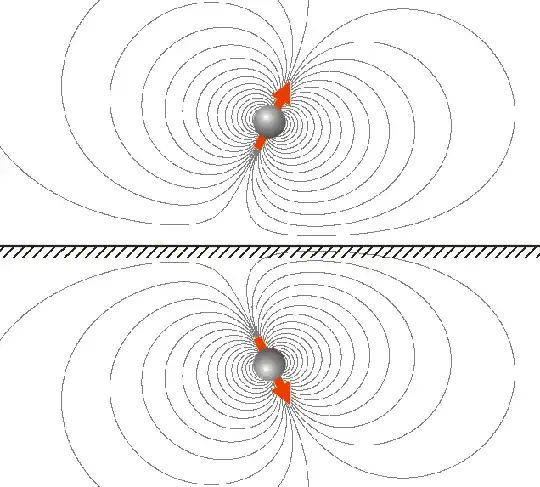If magnetism is one aspect of the electromagnetic force, and if the propagating particle of the electromagnetic force is the photon, and if photons can be reflected by, for example, mirrors, then why can’t magnetism be reflected by a sufficiently well-designed mirror?
1 Answers
I think one thing to understand is that different materials have different properties at different frequencies. A shiny plastic may look reflective to an incoming EM wave at optical frequencies (hundreds of THz) but transparent to an incoming wifi signal (2.5 GHz). The mechanism of "reflection" is obtained by oscillations of electrons or atoms by an incoming magnetic field, which generate another wave reflected from the surface. So while something may not look like a mirror to your eyes, it may be a mirror at some other frequency.
Superconductors sort of look like your "magnetic mirror". I recommend looking up the "method of images". This property emerges from the boundary condition that the tangential component of the electric field on the surface of a conductor is zero. Similarly, for the "perfect magnetic conductor" (PMC), the tangential component of the H field is zero. Ideal PMCs don't really exist, but artificial PMCs can be made over certain bandwidths. For Superconductors, you get a "magnetic mirror" like effect.
- 612
